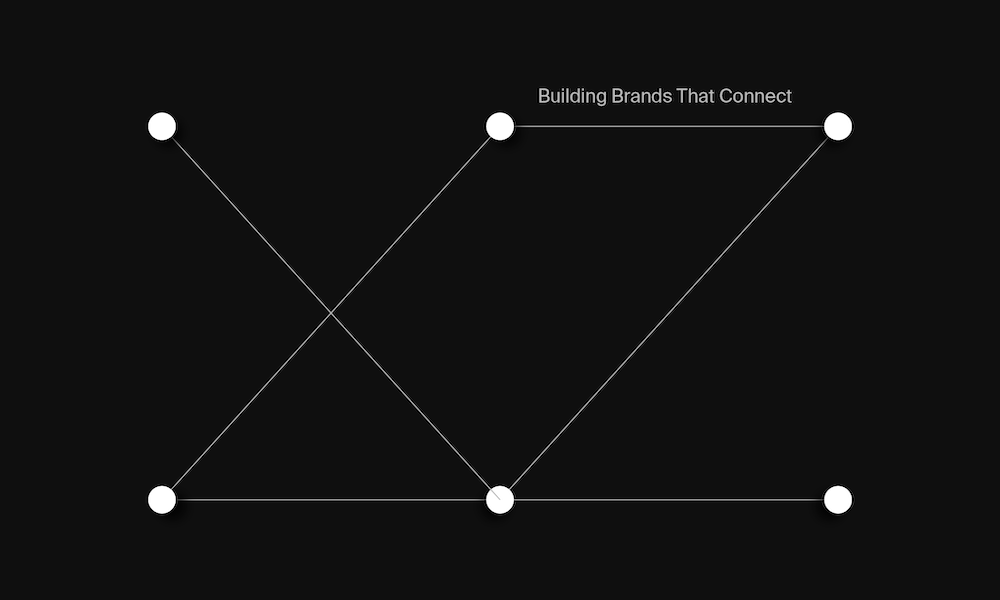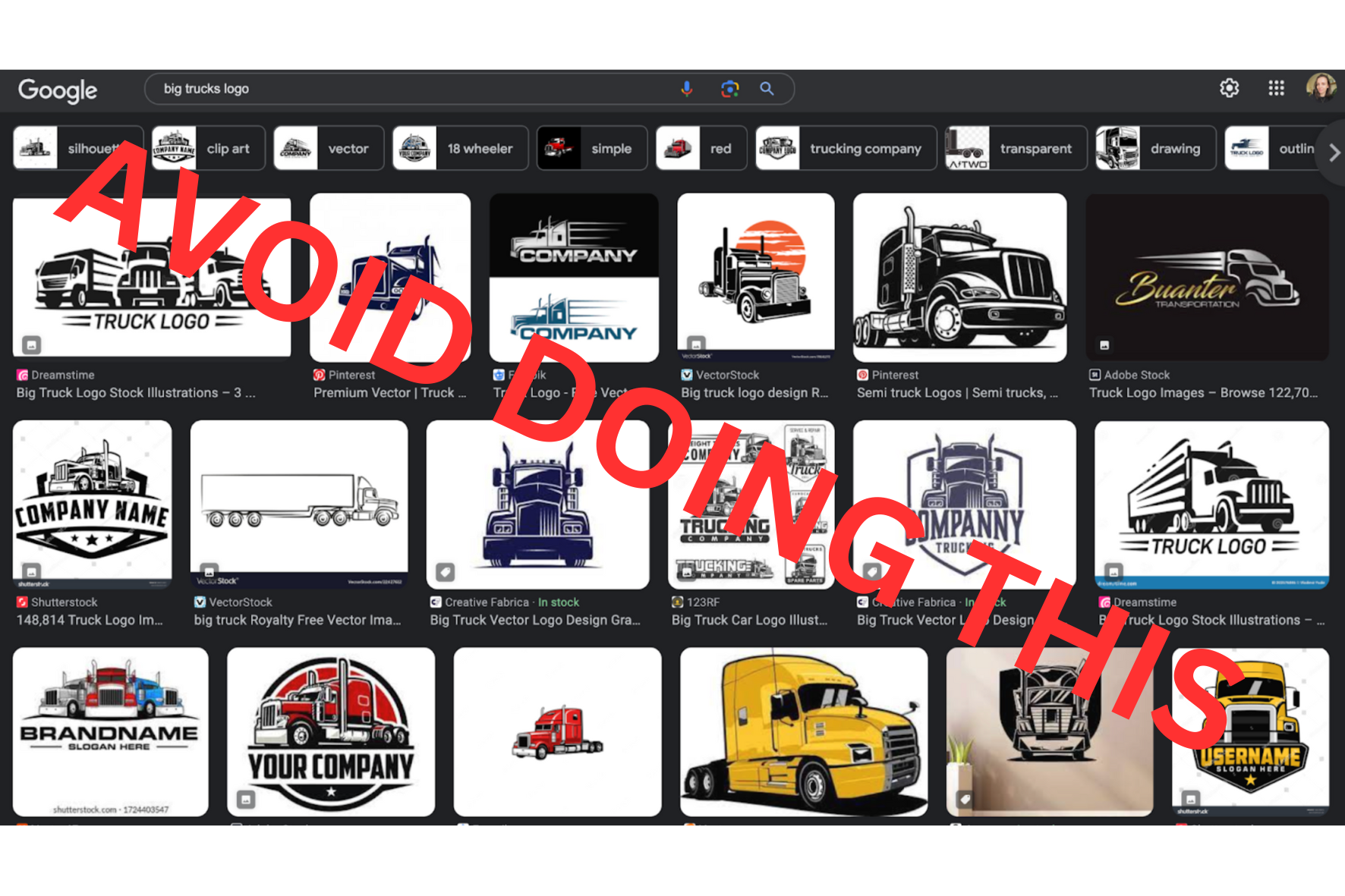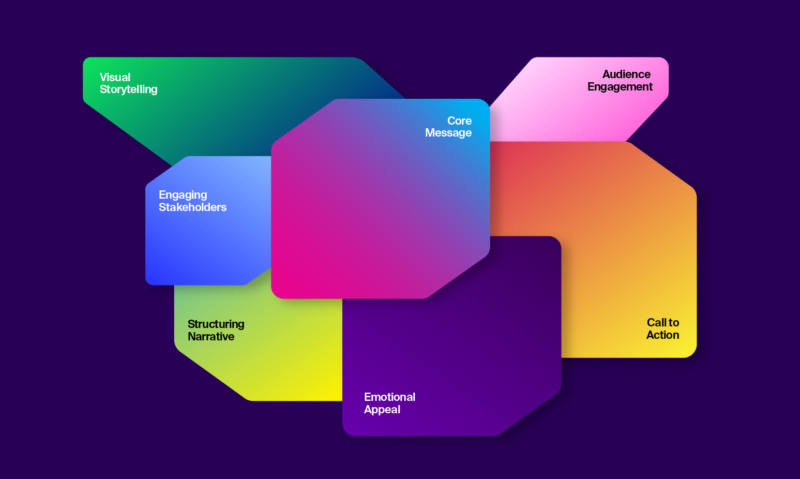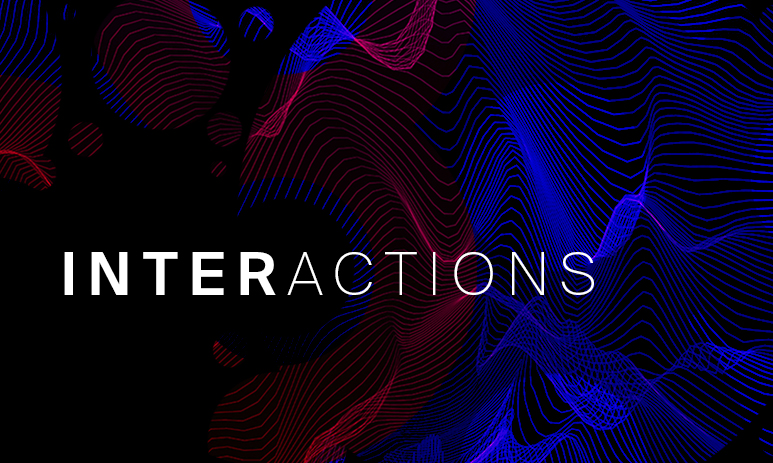The Power of Storytelling: Building Brands That Connect and Endure
Related Services
Credits
Writer: Rudy Manning & Sanela Ciubotaru Kurtek
Editor: Viri Serrano & Youna Lee
Designer: Gabriel Cespedes

In today’s market, the issue isn’t just the overwhelming number of choices consumers have; it’s the prevalence of the same products everywhere.
That’s why branding is the foundation of business success.
And with so many similar businesses out there, differentiating can be challenging. Sometimes, it may require months or even years. It often takes trying out the product or buying the service. Other times, brand designers must speak to people who have already purchased from the brand. Ultimately, to differentiate a brand from other similar brands is to uncover its unique story.
Stories are how we connect with things we can’t touch, see, or experience ourselves easily. Take influencers as an example. Storytelling is what makes them one of the most powerful marketing tools today. They represent ordinary people who use the brand’s products and services and have been given a voice to share their stories. And others are listening because we are all wired to listen.
So every brand designer faces a challenge to unearth the brand’s story and present it in a way that strikes a chord with the audience.
How do they do that? Let’s look at the process in detail.
The Messaging Component of Branding: Telling a Compelling Story
People often assume that branding is just a matter of creating a logo or choosing a name. How difficult can that be?
Imagine that we need to create a logo for a company called “Big Trucks.” You may find nice-looking logo designs for trucking companies on Google that are free to use. It seems like a straightforward way to create a logo. Then why don’t brands follow this path? Because it doesn’t work.

Brand designers and agencies have to go beyond simply choosing a symbol and a name. First they’d have to understand what makes this trucking company unique. What’s their unique selling proposition? What do they believe in, what are they trying to accomplish? What is their story?
This process always begins with storytelling. As human beings, we’re inherently drawn to stories. They engage our emotions, capture our attention, and leave a lasting impact. When businesses can effectively communicate their distinct brand story, encompassing their values, history, and mission, in an engaging and emotionally resonant manner, they are more likely to establish a deeper and more meaningful connection with people. For that reason, branding has to go far beyond creating a simple logo and picking a name. The whole process is a complex interplay of emotions and perceptions that extends far beyond the tangible. And the main component is storytelling – the only human structure capable of bridging the gap to the intangible.
Identifying the brand’s purpose and values
There are countless strategies to find a brand’s story; every agency has its way. It’s always wise to start at the beginning, asking questions like:
- What motivated the founder to start the brand?
- How did the product/service come about?
- Who are the people the brand/product/service is intended for?
Starting with the basics is always a good idea, regardless of whether the company has been around for years or is brand new. But sometimes, the basics are different.
At Pastilla, we do a great deal of work for the public sector. In designing for communities or cities, we must start from the other end – the audience. To uncover the story about the community or city, we need to talk to the people who live or work there, asking them questions like:
- Why are they living there?
- What makes this city so important to them?
- Why do they like working there?
- What makes them proud of their city?
- What motivates them to volunteer in the community?
The idea is the same – to get the story right, you must get to the brand’s heart.
The next step is to weave those collected stories into one bigger narrative, creating phase one of the brand’s evolution – connection to the potential user. The newly created brand should reflect this user’s values, stories, hopes, and dreams. As soon as the user recognizes themself in the brand and the more they can relate to the brand’s values, the more likely they are to join the brand’s journey. That means that uncovering the brand’s story is only part of the branding process.
Building brand loyalty through storytelling
Branding, not unlike novels or movies, follows a structured plotline to engage and emotionally connect with its audience. However, unlike linear movie storytelling, brand storytelling is more intricate, perpetually evolving through the purchasing process and beyond. It’s a continuous narrative that doesn’t have to end. When customers repeatedly engage with a brand, becoming its ambassadors and staying connected throughout various phases, the brand has succeeded in its mission.
To achieve this, businesses must align their values, offer great products, and consistently nurture these connections to cultivate brand ambassadors, which, in turn, boosts their chances of acquiring new customers. Think of brand-building as akin to constructing an interconnected cinematic universe, similar to franchises like “Fast and Furious,” the Marvel Universe, or the Harry Potter books. Each installment contributes to the overall narrative, creating a reliable customer base that evolves alongside the brand’s world, with loyal customers eager to invite others to join.
There are many ways to build upon the main story. And now that the story is uncovered, it’s time to visualize it.
The Identity Component of Branding: Visualizing the Story
Returning to our trucking company logo, the foundation of its creation lies in understanding the company’s unique story. For instance, imagine we’ve positioned this company as a premium transporter of high-value goods worth millions of dollars. When crafting an identity system for such a business, it’s imperative to identify the element that immediately captures attention – in this case, the trucks themselves.
If we opt to coat all the trucks in black and introduce a single bold element, such as a red square framing each truck, we can establish a potent association with the concept of delivery boxes. This element is a robust carrier of the brand’s story, reinforcing its identity as a premium trucking company.
The new identity system, including a compelling backstory and striking visuals, will thrive as long as we make the most of this distinct feature whenever and wherever we can. Over time, the red square becomes emblematic of high-end delivery trucks. When encountering such a truck on the street, it becomes an unmistakable indicator that something valuable is in transit. This visual symbol seamlessly integrates into the overarching brand narrative.
The Best Brands Focus on Storytelling in their Identity Systems
There are only so many brands with such a recognizable identity system as National Geographic. An unmistakable yellow square set against a dark background makes them easy to identify. This iconic emblem instantly conjures up its rich history of exploration and documentation, igniting curiosity and adventure within the audience.
Much like the brand’s legendary explorations, this visual symbol transports us to distant, awe-inspiring corners of the world. The yellow square can be seen as a window into the world, a gateway to uncharted territories, and a reminder of our planet’s wonders. It illustrates how a well-crafted visual identity can seamlessly weave a brand’s story into its fabric, evoking emotions. People will keep coming back to them because they know they can always expect to be awed.
Another prime example of effective brand storytelling is Nike, which artfully conveys its audience’s values and aspirations in all its communications. Despite its complexity, Nike’s brand identity is elegantly simple.
Nike doesn’t merely sell shoes; they promote a mindset: “Just Do It.” This philosophy infuses all their marketing campaigns. Their legendary swoosh symbol, representing speed and motion, has become iconic. And even though the placement of the brand’s name in relation to the swoosh mark has varied over the years, it doesn’t matter because Nike is still the same brand, conveying the same messages of excellence, determination, and fun.
With Nike products, the customer joins a community of top athletes in sports like basketball, running, soccer, you name it. And Nike doesn’t discriminate; they’re inclusive and encourage their customers to give it their all. As a result, their fans feel as if they are unstoppable, which makes them return for more.
Stories Unite the Brand’s Messaging and Visual Identity
In conclusion, storytelling’s role in branding cannot be underestimated. As a bridge between a brand’s messaging and visual identity, it creates a cohesive and emotionally resonant narrative that lingers in the minds of consumers.
For any brand, whether established or emerging, the path forward is clear: to embrace storytelling. By incorporating compelling narratives into their identities, businesses can transform themselves from mere products or services into meaningful and memorable experiences. This allows them to stand out in a crowded marketplace while building a loyal following that will advocate for them.

